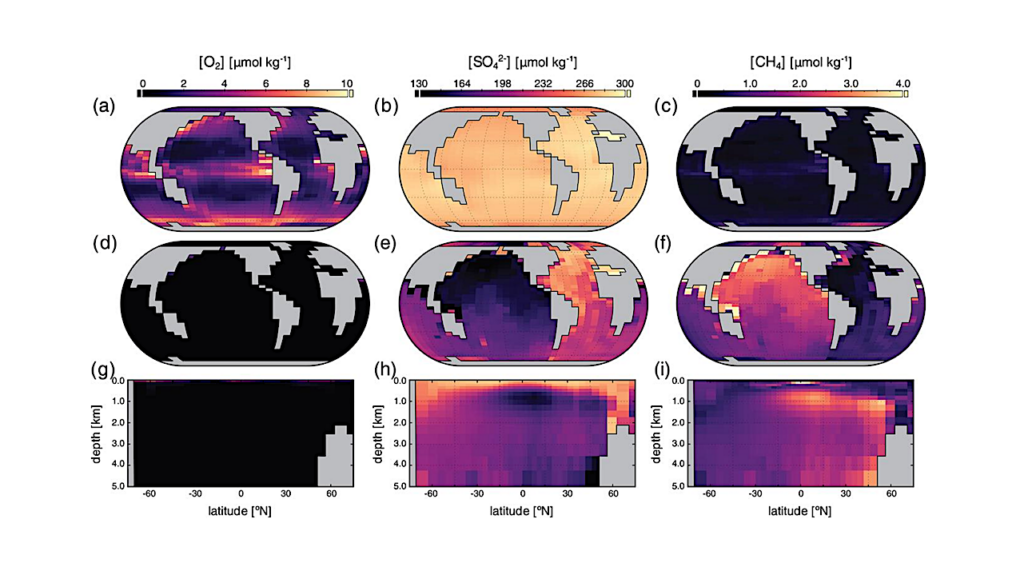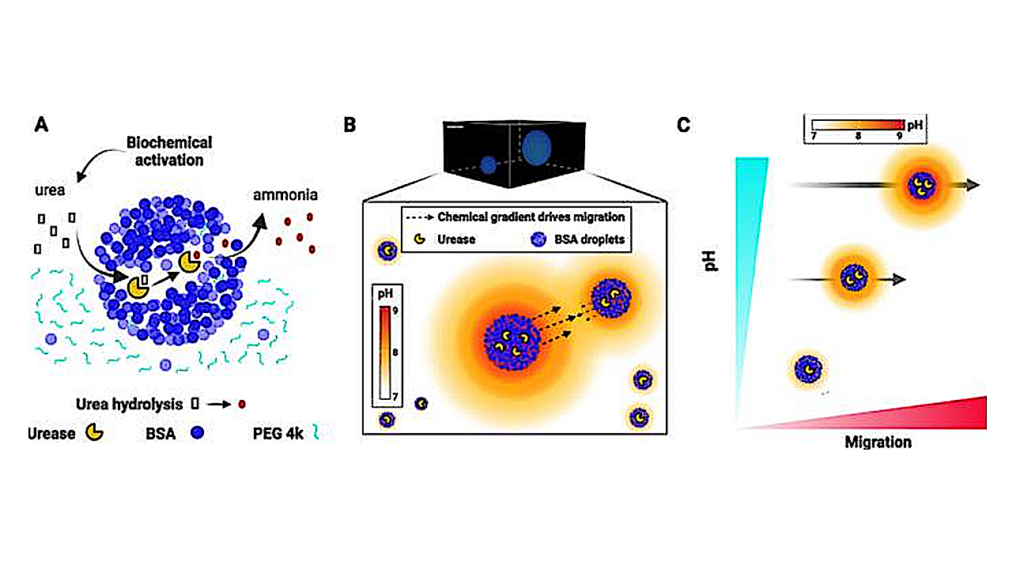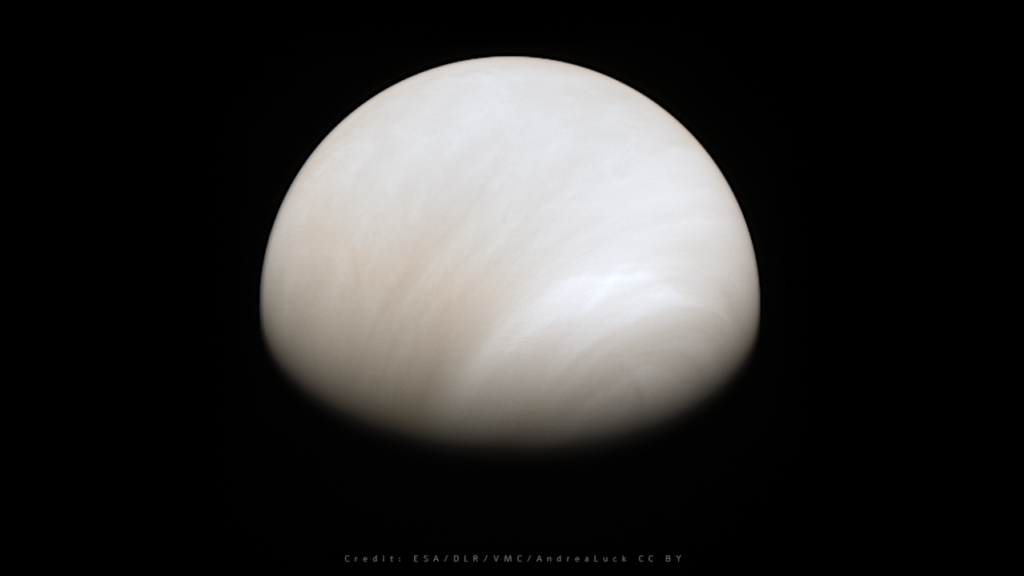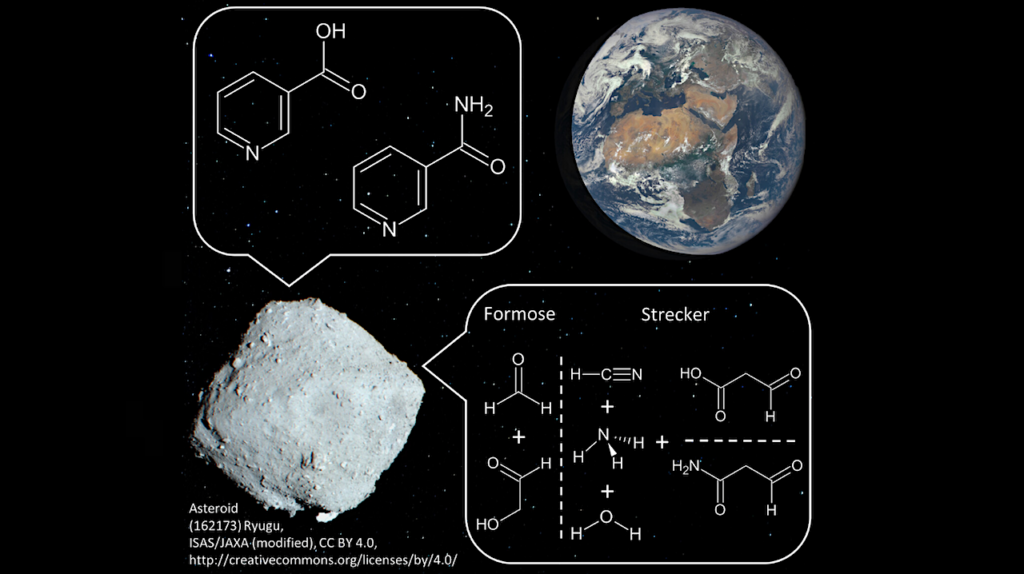Physical Constraints for the Evolution of Life on Exoplanets
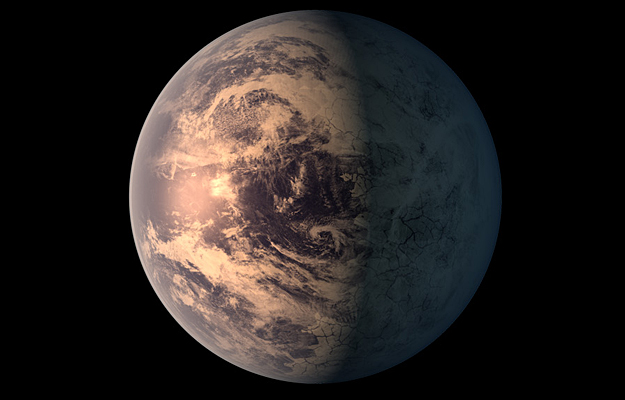
Recently, many Earth-sized planets have been discovered around stars other than the Sun that might possess appropriate conditions for life.
The development of theoretical methods for assessing the putative habitability of these worlds is of paramount importance, since it serves the dual purpose of identifying and quantifying what types of biosignatures may exist and determining the selection of optimal target stars and planets for subsequent observations.
This Colloquium discusses how a multitude of physical factors act in tandem to regulate the propensity of worlds for hosting detectable biospheres. We focus primarily on planets around low-mass stars, as they are most readily accessible to searches for biosignatures. We discuss how factors such as stellar winds, the availability of ultraviolet and visible light, the surface water and land fractions, stellar flares and associated phenomena place stringent constraints of the potential evolution of life on these planets.
Manasvi Lingam, Abraham Loeb
(Submitted on 3 Oct 2018)
Comments: 22 pages; 0 figures
Subjects: Earth and Planetary Astrophysics (astro-ph.EP); High Energy Astrophysical Phenomena (astro-ph.HE); Solar and Stellar Astrophysics (astro-ph.SR)
Cite as: arXiv:1810.02007 [astro-ph.EP] (or arXiv:1810.02007v1 [astro-ph.EP] for this version)
Submission history
From: Manasvi Lingam
[v1] Wed, 3 Oct 2018 23:38:36 GMT (65kb)
https://arxiv.org/abs/1810.02007
Astrobiology



